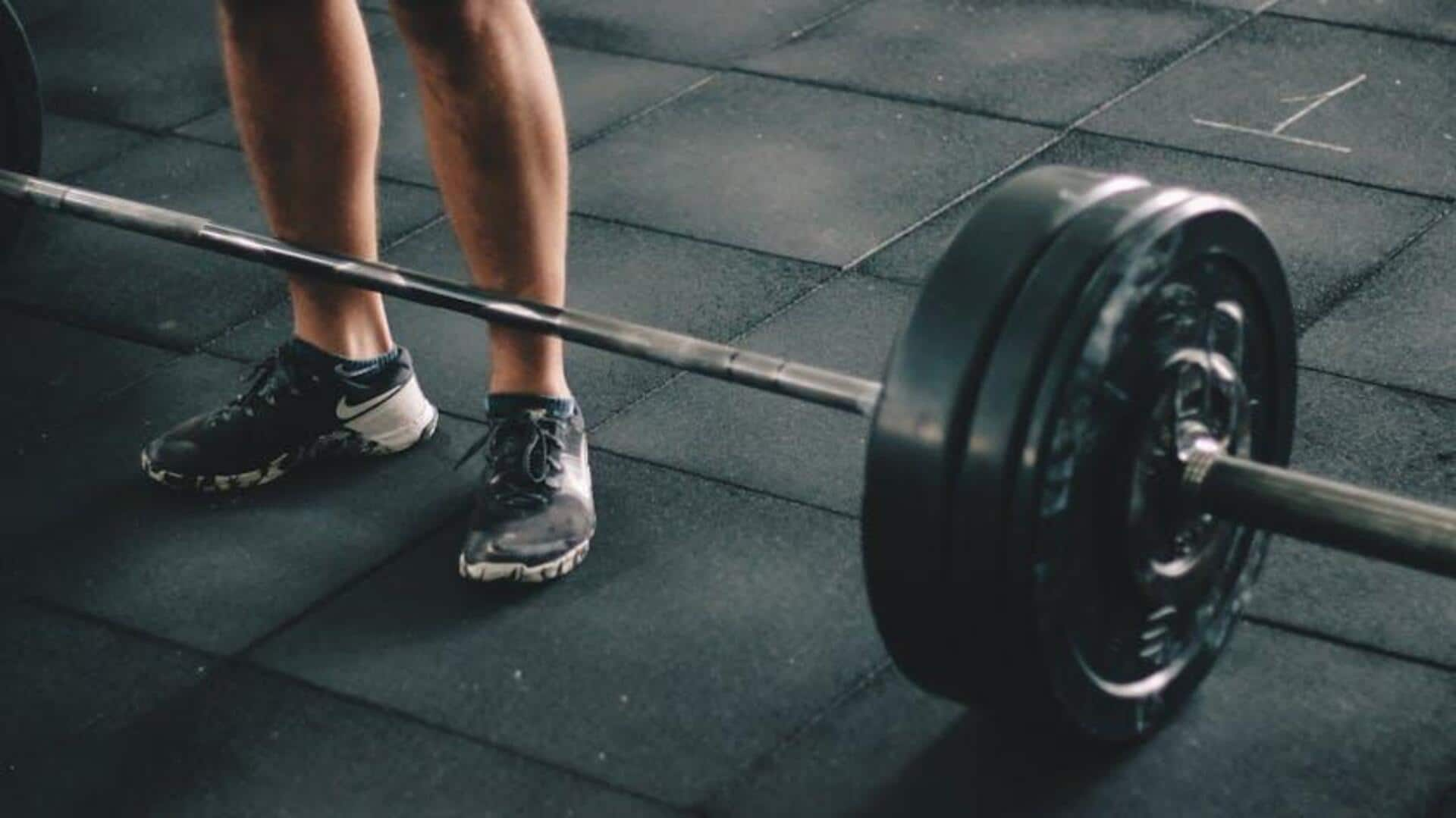
Unilateral exercises: The secret to core and joint stability
What's the story
Unilateral exercises train one side of the body at a time, providing unique benefits for stability and injury prevention. They can help identify and correct muscle imbalances, often missed in bilateral training. By engaging stabilizing muscles more efficiently, unilateral exercises can improve overall balance and coordination. This not only helps improve your athletic performance but also reduces the risk of injuries by making sure both sides of the body are equally strong and functional.
#1
Correcting muscle imbalances
Unilateral exercises are great for spotting muscle imbalances (between left and right side). When you do these exercises, the weakness or lack of coordination is noticeable, and you can work on it directly. By concentrating on one side at a time, you can strengthen the weaker muscle without the stronger one overcompensating. This targeted approach makes your physique more balanced and relieves strain on joints while exercising.
#2
Enhancing core stability
Core stability is vital for good posture and avoiding injuries while moving. Unilateral exercises demand more from your core as they test your balance and coordination. When you do moves such as single-leg squats or one-arm rows, your core has to work overtime to keep your body stable. This added demand strengthens the core muscles over time, improving posture and reducing lower back pain risk.
#3
Improving coordination and balance
Performing unilateral exercises enhances neuromuscular coordination by requiring precise control over movements. As each side works independently, it challenges proprioception—the body's ability to sense its position in space—and improves balance skills. Enhanced coordination translates into better performance in sports activities that demand agility and quick reflexes, while reducing the chances of falls or missteps that could lead to injuries.
Tip 1
Reducing injury risk through functional training
Functional training, an essential part of unilateral exercises, replicates real-life activities by targeting one side of the body. These exercises, such as reaching or stepping up stairs with one leg, correct imbalances and prevent injuries by simulating daily activities. Customized according to individual requirements, this approach guarantees both sides of the body are equally strengthened, minimizing injury risks in day-to-day life quickly and effectively.